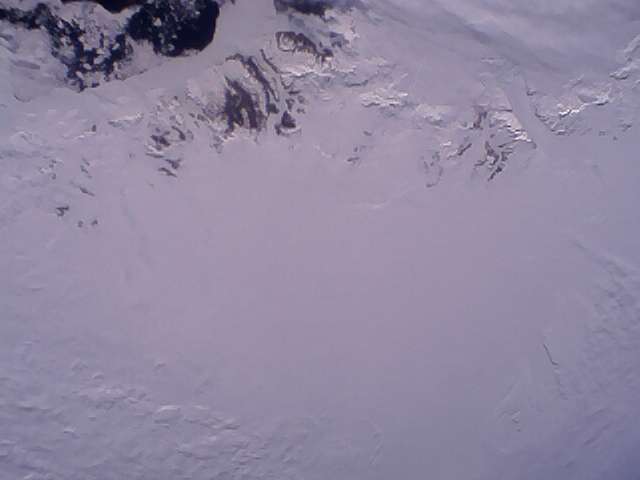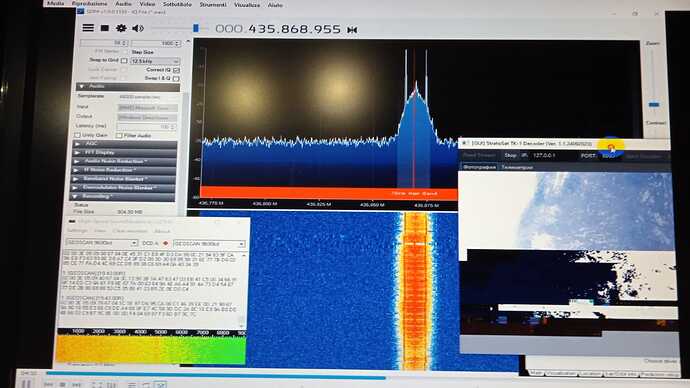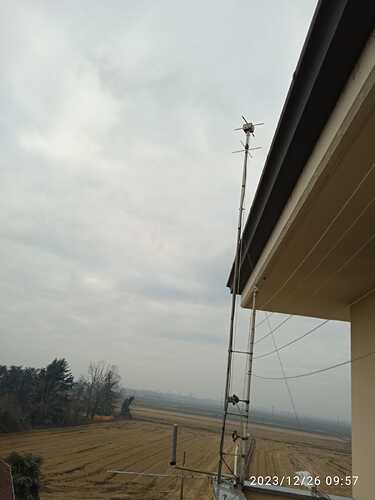The signal has been to weak for me, I can’t decode an image. Tried a 433 MHz QFH and a Diamond D3000N, both connected to an LNA. I can decode telemetry but not an image.
Image 7

Image 6

No luck on my side, I gave a couple of the decoders a go with a satnogs csv of a gr-satellites kiss connection but no luck in getting a image.
This obs should be good enough.
All the successful decoders seem to run on Windows and I am using Linux (Debian trixie)
And help that points me in the right direction is appreciated.
I’m also under Linux (Lubuntu) and for me stratosat_simple.py is working on kss files.
Got image 8, too. But it’s (as all the other images) 640x480 and compared to your picture, mine is rotated 90° counterclockwise.
Not working for me, I downloaded the STRATOSAT-TK1 weekly csv and execute the following:
python3 stratosat_simple.py STRATOSAT-1-week.csv
Writing image to: STRATOSAT-1-week.jpg
The image is empty
stratosat_simple.py doesn’t work on csv files.
My geoscan and stratosat decoder cannot handle several different images at once as there’s no way of differenting them except time.
The decoders in my repo geoscan-tools are the simplest examples I came up with, just to demonstrate how it is working. Most of them require separation of observation data so only one image is processed at a time.
Additionally the db export format has changed, so the old script does not work on these, check below.
Also, for the ones with interest, I have been working on a imagedecoder that basically collects all of my previous decoders into one, hopefully with better support for input formats and detection what format to use.
That script is included my addons and will be automatically run with the new grsat.py that replaces grsat-wrapper.sh
Thanks, then switching to kiss and that gets me the following:
gr_satellites STRATOSAT-TK1 --wavfile 8810278.ogg --samp_rate 48e3 --kiss_out 8810278.kss
python3 stratosat_simple.py 8810278.kss

Could you execute the following command to count the packets you got in the kss file?
grep -o “02 00 3e 05” <(hexdump -v -e ‘/1 "%02x "’ 8810278.kss) | wc -l
An image in such a quality is based on probably not more than 600 packets.
My image 5 has composed of 876 packets.
grep -o “02 00 3e 05” <(hexdump -v -e ‘/1 "%02x "’ 8810278.kss) | wc -l
grep: 00: No such file or directory
grep: 3e: No such file or directory
grep: 05”: No such file or directory
hexdump: bad format {‘/1}
0
grep -o “02 00 3e 05” <$(hexdump -v -e ‘/1 "%02x "’ 8810278.kss) | wc -l
hexdump: bad format {‘/1}
bash: $(hexdump -v -e ‘/1 "%02x "’ 8810278.kss): ambiguous redirect
0
?
Try not to copy but to type the quotes in front of 02 and after 05 manually.
What a fun, but we have output.
grep -o "02 00 3e 05" <(hexdump -v -e '/1 "%02x "' 8810278.kss) | wc -l
1029
Great.
Does the ogg file contain only one image or more than one?
This is the observation SatNOGS Network - Observation 8810278
gr_satellite captured 873 packets from the middle transmission of that observation and this is what stratosat_simple.py outputs:

Image 10



